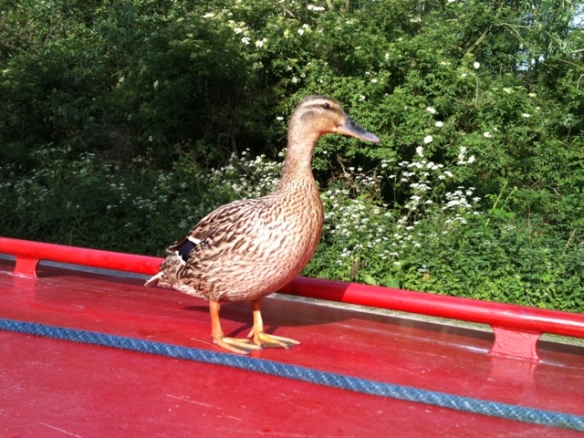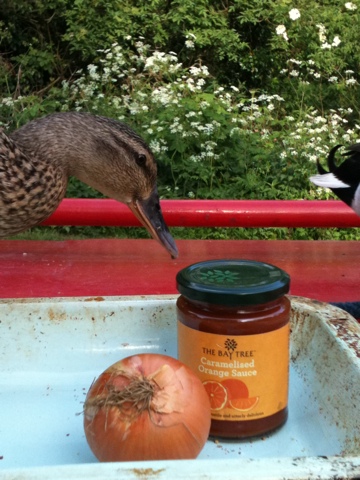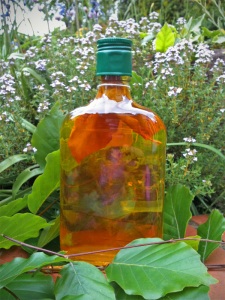Yesterday we began our journey proper. The Captain always gets up first, keen to get cracking while I lounge in bed a while longer. We’d not been going more than fifteen minutes when his hand thrust through the back hatch and threw a spray of elderflower at me. Don’t knock it, as ways of starting the day go, it’s not the worst.
Besides, he knew it would cause me great joy. Indeed, I was besides myself with excitement. Especially after I’d checked with Joy. my personal guru, for confirmation. After my near miss with the very-likely-to-be-Rowan-trees I really did not want to get it wrong.
So, I shot out of bed. Well, ok, heaved my sorry ass out of bed, donned what I thought to be suitable attire (see earlier post for just how wrong I was) and joined him for the Wolverhampton 21. My job was meant to driving. I am excused locking. On account of being an invalid. Tis an arrangement I am quite keen on. Only I got distracted.
We’d only done two locks when I spotted Dog Roses. And then Japanese Roses. “Rose Petal Jelly!”, I squealed as I leapt off the boat, grabbing my trusty foraging kit as I did. I have a feeling there some ancient maritime laws about abandoning ships but what care I of that? The hedgerows were ripe unto harvest and oh, this labourer was ready to answer the call.
Pretty soon I was swamped with an abundance of Hawthorn and Elderflower too so my plans changed to make use of the mix of flowers available on the same day and Wild Flower Syrup was born.

Just after I’d finished bottling it we met Richard & Sue of Indigo Dreams.

They have a wonderful blog (http://indigodream.wordpress.com/) which is a regular on the Captain’s Blogroll and will be added forthwith to mine. They kindly invited us to join them for a delicious lunch that was washed down with one of their famous coffees. Quite heavenly. Seemed only fair to force one of my so newly bottled Wild Flower Syrups upon them. Let’s hope it’s to their liking.
It was twenty four hours in the making but I hope it was worth it. The Captain & I had some on pancakes and the sweetness of sugar perfectly matched the flowery taste of early summer. Appropriately enough, as we munched we boated past the first cricket game of the season: Elderflower, Hawthorn, Roses and leather on willow – it doesn’t come much more English than that.
Wild Flower Syrup by John Wright
Makes about 1 litre
About 1 litre of freshly picked blossoms (Dog Rose, Japenese Rose, Elderflower, Hawthorn, Dandelion)
About 1 kg granulated sugar
About 550ml boiling water
Put a 2cm layer of blossoms in the bottom of a large jug, minimum 2 litres capacity. Pack the blossoms down, then spinkle on a 1 cm layer of sugar – don’t worry if things get mixed up. Continue these alternate layers of sugar and blossoms until the jug is full, keeping a note of the amount of sugar used. Cover the jug and leave to stand for 24 hours.
Empty the mixture into a saucepan and pour on 55ml of boiling water for every 100g sugar used. Heat the mixture gently, stirring, until the sugar has dissolved, then strain into a clean jug.
Pour any syrup that you are not using straight away into sterilised bottles and seal. Stored in a cool, dark cupboard, it will keep for up to a year.
Delicious on pancakes, ice cream, waffles. Drizzle over cakes. Use in drink mixes. Be inventive. Be adventurous!










